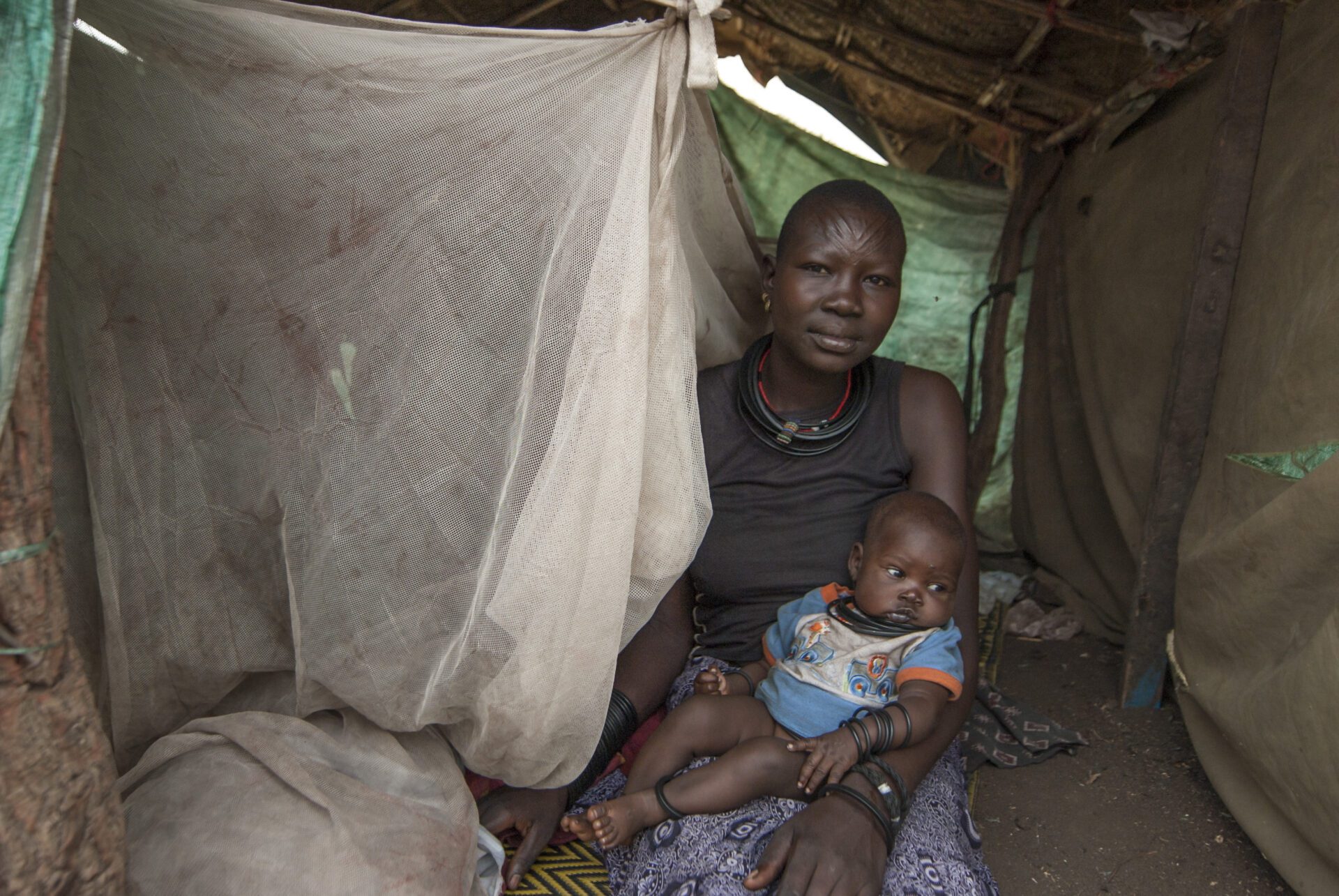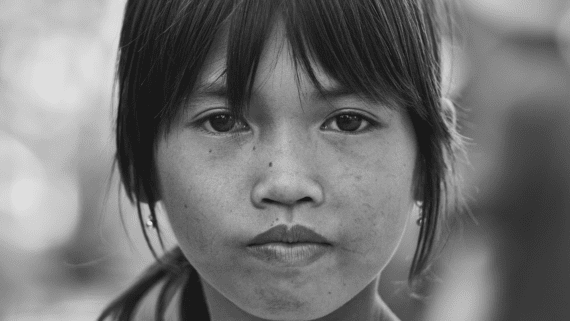“Every month we see thousands of South Sudanese cross borders […] or move around the country trying to dodge an ever-shifting mosaic of violence that hardly registers regionally or internationally. Aid agencies struggle even to raise enough money to feed the victims because South Sudan has become invisible in the wake of other crises around the world.”
– Commissioner Barney Afako, U.N. Commission on Human Rights in South Sudan
Bread for the World’s Hunger Hotspots project brings attention to the need for action on current global hunger emergencies. Bread members advocate for humanitarian assistance that saves lives, especially among children under 5. Ensuring that the right nutrients are available at the right time also prevents lifelong damage to the health and development of the youngest survivors of hunger emergencies—babies and toddlers.
South Sudan only became an independent country, separating from Sudan, in 2011, but by 2013, a brutal civil war had broken out. A report by the Congressional Research Service (CRS) noted that when a peace treaty was signed in 2018, one study found that nearly 400,000 people had died as a result of the war in a country of 11.5 million people..
The situation continues to deteriorate because the peace treaty did not definitively end the war. The main signatories have largely adhered to a ceasefire since the agreement went into effect. But many of the combatants are not parties to the agreement. The ongoing fighting, fueled by regional disputes and political rivalries, includes an insurgency in the southern part of the country.
Commissioner Afako’s statement and the CRS report were both published in the second half of 2022. The situation has since become worse still because of the outbreak of war in Sudan in April 2023. As Bread has explained, the war has created humanitarian emergencies in Sudan and in several neighboring countries as well, particularly the landlocked nations of South Sudan, Chad, and the Central African Republic (CAR).
In the most recent hunger hotspots update from the World Food Programme (WFP) and the Food and Agriculture Organization (FAO), humanitarian officials designated five countries as “of highest concern” for the period June 2024 through October 2024.
Both South Sudan and Sudan are among them. The others are Gaza, Haiti, and Mali. It is a stark indicator of the growing severity of the global hunger crisis-that people face famine conditions in all five countries. Famine has a specific definition: a situation of extreme lack of food and exhaustion of people’s coping capacities that leads to starvation, acute malnutrition, and death.
According to UNICEF, an estimated 9 million people need humanitarian assistance. Famine is affecting people in South Sudan’s Pibor and Aweil East counties. The number of refugees in South Sudan, most of whom have fled the war in Sudan, continues to grow, with 447, 000 refugees projected to arrive by the end of 2024. Added to these numbers are an estimated 820,000 South Sudanese who are expected to return home.
WFP and FAO identify the main drivers of hunger in South Sudan as conflict, flooding, and inflation. Bread consistently focuses on these key factors, including most recently in policy listening and learning sessions for our new campaign, Nourish Our Future. South Sudan has recently been ranked the second most susceptible nation to the effects of natural hazards, which include drought, flooding, and heat waves. The country is bracing for what is projected to be the worst flooding in 60 years. Inflation, including surges in the prices of basic staple foods, has soared since the war in Sudan began. South Sudan is landlocked and depends on access to Sudan’s port to import and export goods.
The Humanitarian Response Plan developed by U.N. agencies calls for reaching 5.9 million people with humanitarian support—for example, food vouchers and cash transfers so that people can buy food. Another form of support is emergency livelihood support kits, particularly for women and other vulnerable communities. These are kits with supplies that enable people to produce more food—for example, kits for staple crops, vegetables, or fishing. Another important form of support is bolstering the health of livestock through vaccination campaigns and veterinary treatment.
Bread’s recent work on Hunger Hotspots includes a panel discussion, “Building Resilience in Global Hunger Hotspots: The Cases of Gaza, Sudan, and Haiti.” We will continue to lift up the urgent need to take action to save lives in global Hunger Hotspots.
Michele Learner is managing editor, Policy and Research Institute, with Bread for the World.



